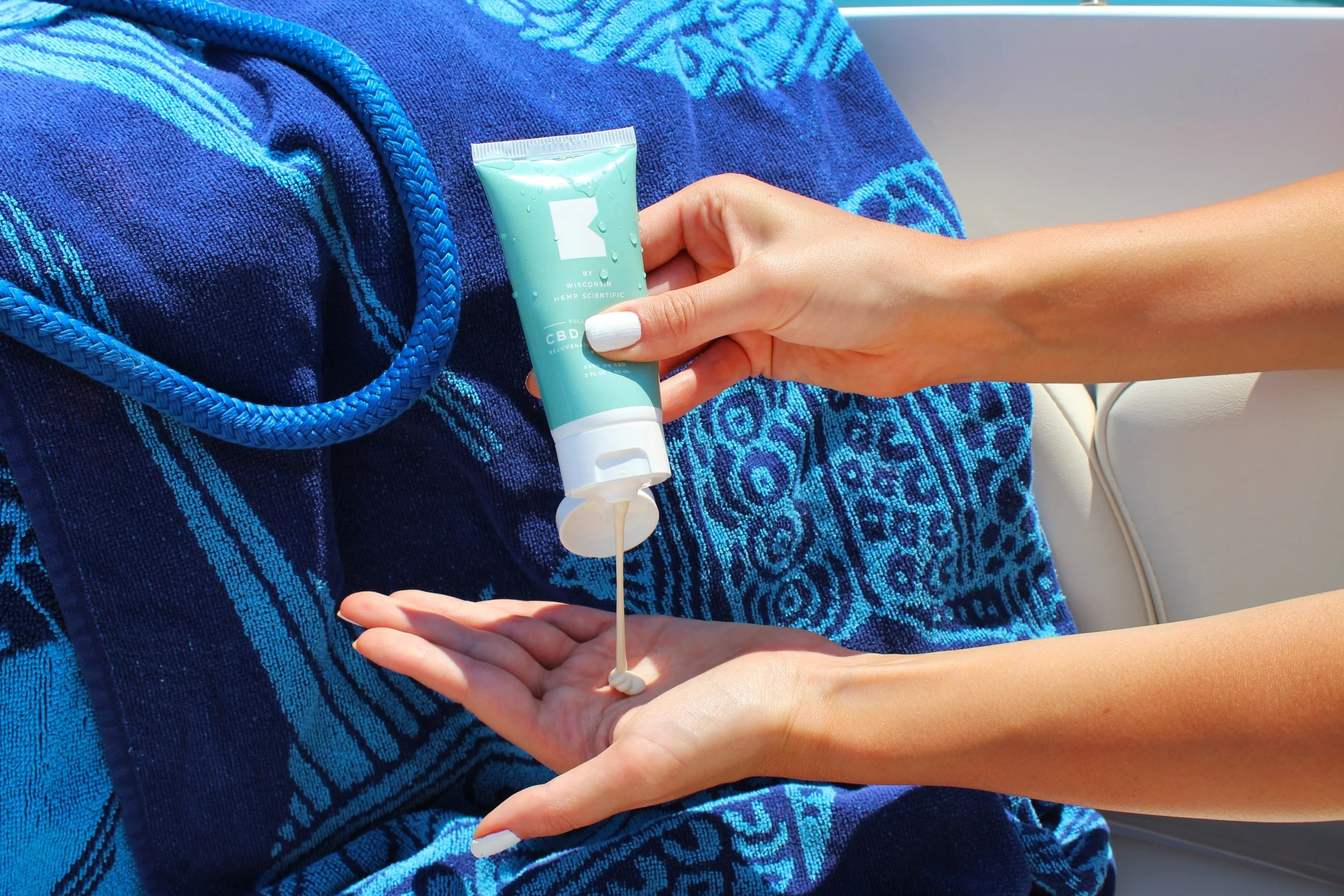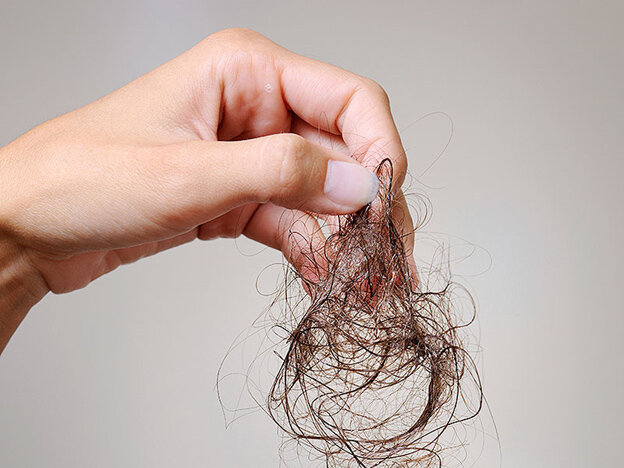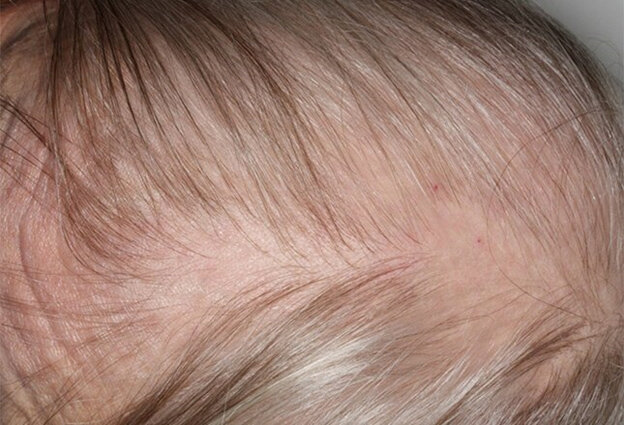UVA and UVB rays are the part of the electromagnetic spectrum that produce aging of the skin and skin cancer. We need UV radiation to produce Vitamin D but we need it in moderation.
TESTIMONIAL: Paige Logren
Don’t be fooled by dramatic before & after photos of Microneedling
Too Much Facial Filler?
At the beginning of the injectable “Baby Face” boom, we all saw the overzealous use of filler, creating the overfilled swollen, sometimes unrecognizable, look in women across the country. Then as techniques were refined, and doctors learned from their mistakes, things seemed to improve. But, surprisingly, still there is a trend in America for women to get the slightly overfilled, and even more alarming, the stuffed animal look. Nowadays, some women have the goal of a cyborg-ish animated cartoon look in a quest for every line and crevice to be filled. In their mind this makes their face look “perfect.” But, in reality, for younger women, it makes them look oddly older and usually less attractive; they no longer have the look of a “girl.” For women who are trying to look younger, it can just make them look strangely fake, and everyone begins to look alike. This phenomenon makes other women very skeptical of getting filler or Botox at all because they recognize the look and don’t want this to happen to them, and incorrectly think that all women who get filler look like this.
So, what is the issue going on in these women that makes them look oddly less attractive and sometimes older. I have one answer: “No division of cosmetic units.” The first thing you learn when you are learning how to do reconstructive surgery in Dermatology or Plastic Surgery is to put the surgical scar within a “ cosmetic unit” and never cross over a “cosmetic unit” with a surgical scar. So what is a cosmetic unit? Cosmetic Units and Subunits are junction lines that are fixed landmarks that separate the cosmetic unit of the face. They are aesthetic, regional units that represent the major structural areas of the face that are separated by contour or junctional lines/boundaries. These units are designated based upon their similarity in topographic anatomy, texture, and color, solar exposure, hair density, and sebaceous features. The major cosmetic units are forehead, temples, eyelids, nose, cheeks, upper and lower lips, chin, and ears. Within each division, there are even smaller subunits that are separated by topographical changes, texture, etc. (Below is a photo of the major cosmetic units and subunits.)
So, what seems to happen in women and men who get too much filler or misplaced filler? It is normal to have cosmetic units; they are the junction/boundaries on your face that separate the face into its distinct unique areas. These areas are generally the same for all of us, but for each of us, we have individual slight variations in the separations. Think of Cosmetic Units as areas separated by “seams.” Think of a puppet and the vertical separations on either side of the chin that allows the puppet’s mouth to open and allow the chin to move up and down. Those vertical lines are the lateral borders of the lower lip and chin cosmetic units. If this line were to be blurred by a surgical scar that crossed either of these lines, it would be very visually noticeable. If the scar were kept in between those 2 lines, it is less noticeable. It is even less noticeable if it falls either above or below the chin crease that defines the upper border of the chin cosmetic unit in the middle of the chin because crossing that “invisible” crease is crossing a cosmetic unit. So what happens if these subtle “seams” in the face are obliterated? Basically your face becomes a homogenous round mass like a stuffed animal face. There are no topographical indentations, creases, elevations, or depressions to denote a separation of the cosmetic units. And, obviously, a stuffed animal looks fake! It is not real! And this is exactly what happens with overdone or misplaced injectables. The injector purposely is filling the lines, creases, depressions, and other “seams” that make the face a face!!!! So, in essence, these women and men who have filler placed in these areas in an attempt to obliterate the junction, end up looking like an animated cartoon character that has no defining features on their face. Even if they technically don’t have a huge volume of filler, an “overcorrection,” they do have a misplacement of the filler. The fact that the creases and folds are being erased, creates a very amorphous uninteresting face.
This situation is most often seen when the provider lets the patient tell them where they want filler. Most times the patient has no idea why or if they need filler, but they are concerned that they look older or feel something is out of place if they are younger. They often point out their normal creases and folds as the root of their problem because these are things they can see. Their uneducated perception is that these seams must be the problem area. But, if the injector isn’t properly trained in the aesthetics of the face, they can fall into the trap of injecting and obliterating these junction points. In the aesthetic assessment of a patient, the goal of the examination is to find deficiencies in balance and to restore those imbalances. The goal is not to fill every crevice in the face.
The take home point of this article is to actually try to put a finger on what is causing the hard to describe subtle and sometimes not so subtle instant recognition of a face that has incorrectly placed filler, because once the cause is identified it becomes easier to correct. If you are a patient, you can talk to your provider about your concerns and discuss the cosmetic units and his/her approach to avoiding blurring the lines. For the provider, hopefully this sheds some new light on filler placement to give a natural look. Ultimately, the goal with filler is to look as though you have nothing in your face. You should have the normal grooves, elevations, and hollows that make up the components of a human face. When the face has minimal contours and “seams'' the brain immediately recognizes this discrepancy. If you are a young person, I would encourage you to study the images of older models and women before filler existed. What made these women beautiful? What makes any woman exotic, unique, and beautiful. I submit to you that beauty comes in endless forms. Don’t try to erase your unique features that make you look youthful and balanced. It really is all about balance.
REVIEW: Fotona 4D boasts fabulous results
Fotona 4D fabulous treatment for patients looking to turn back time. This nonsurgical natural face lift procedure treats both the interior and exterior facial structures. This four-step non-invasive laser procedure helps to boost collagen production, smooth fine lines and wrinkles, and tightens skin with minimal to no downtime.
But don’t just take our word for it… Check out the video below to hear what just one of our happy patients has to say about this amazing procedure.
HaiRestart: a simple and pain-free way to grow hair
Let's talk hair loss
Did you know over 50 million men and 30 million women in the US suffer from hair loss?
Hair loss is a problem many deal with but few openly discuss due to the emotional toll it can take on individuals. Thanks to genetics, hormones, and aging, we see hair loss patients daily. At Retief Skin Center, our providers approach each hair loss case optimistically. Just in case you’re one of the many patients that worries about losing hair, we decided to dive into the causes, possible prevention, and treatment options to help you understand hair loss a little more.
Causes of hair loss
Hair loss can happen for many reasons. The most common cause of hair loss is hereditary, called androgenic alopecia. Associated with a mix of hormonal changes and genetics, androgenic alopecia is a hair disorder that tends worsens with age, but can appear as early as puberty. Androgenic alopecia tends to affect the frontal scalp and vertex (top of scalp), and varies patient to patient. This pattern of hair loss is usually present in other family members.
Stress, including emotional (such as after a divorce or death of a loved one) and physical (including weight loss or surgery) can lead to a diffuse hair thinning all over the scalp, a type of hair loss called telogen effluvium. Many new moms experience this condition a few months after childbirth. Some patients notice telogen effluvium after losing significant amounts of weight. Telogen effluvium typically resolves after the stressful event has passed, but can take a few months.
Damaging hair care, such as chemical relaxers, and tight hair styles that pull on the scalp can also cause potentially scarring hair loss. Hair regrowth can be difficult in these cases if scarring has occurred. Certain medications or supplements have been linked to hair thinning, including antibiotics, antidepressants, oral contraceptives, and drugs that suppress the immune system. Other medical conditions, such as hypothyroidism, lupus and nutritional deficiencies, are also associated with hair loss. Bloodwork may be required to determine if these underlying medical conditions exist.
Evaluation for hair loss
When we first evaluate a patient for hair loss, we try our best to get a full picture of each patient’s history, including family hair patterns, how long symptoms have been present, past surgeries, medications, and life stress. We then examine the scalp to determine the pattern of hair loss. Do we see round patches of hair loss (as in alopecia areata), thinning in the vertex of the scalp (as with androgenic alopecia), or thinning through out the scalp (as seen in telogen effluvium)? Occasionally, a hair pull or pluck test may be performed to evaluate the hair follicle. If needed, a scalp biopsy may be performed to provide additional information, such as if scarring to the scalp has occurred or if a fungal condition is present.
Treatment options
While not all cases of hair loss will see improvement, we are exceedingly optimistic with treatment options that exist for hair loss. Most patients are aware of over the counter Rogaine, or minoxidil. Minoxidil is believed to work by lengthening the growth phase and shortening the resting phase of the hair follicles. Clinical studies show that when applied as directed, groups using minoxidil topically did see improvement in hair growth compared to placebo.
Medications that inhibit androgen production target the hormonal component of hair loss. Spironolactone is a medication commonly used for high blood pressure, but because of its hormonal effects at lower dosages is also used in women for acne, PCOS, and androgenic alopecia. Finasteride is a medication that works similarly in men.
Targeting potential inflammation of the scalp help treat and prevent hair loss in specific cases. Seborrheic dermatitis and dandruff can benefit from antifungal medications, such as Nizoral shampoo, while other conditions including psoriasis and eczema may see improvement with topical steroids or steroid injections.
Nutritional supplements play a role in the hair loss treatment. Correcting any nutritional deficiencies, as discussed previously, is clinically important. The importance of a well balanced diet low in inflammatory, processed foods and high in healthy fat and protein cannot be overstated. Zinc, iron, and vitamin A and C are also important. Supplements such as Nutrafol contain herbs that have clinically shown to help improve hair loss, including saw palmetto, curcumin, and maca.
Novel treatments have been shown to improve hair growth. PRP (platelet rich plasma) involves a quick venipuncture to obtain your own blood, which is then spun down to obtain the platelet rich plasma component (think nutrient dense) and injected into the scalp to promote hair growth. Some patients may benefit from a specific laser treatment, called low-level laser light therapy (LLLT), also referred to as "photobiomodulation therapy." This produces gentle deep heat, which is thought to increase activity of stem cells of the hair follicles
Each hair loss patient is unique, and requires a tailored approach to both diagnosis and treatment. While this condition can be frustrating, we are hopeful that with a combination of both the old and new treatment options, hair loss patients see positive improvement. If you'd like to discuss your hair loss and treatment options further, contact our office to schedule an appointment. We'd love to help.
Resources:
Atanaskova Mesinkovska N, Bergfeld WF. Hair: what is new in diagnosis and management? Female pattern hair loss update: diagnosis and treatment. Dermatol Clin 2013; 31:119.
Adil A, Godwin M. The effectiveness of treatments for androgenetic alopecia: A systematic review and meta-analysis. J Am Acad Dermatol 2017; 77:136.
Sinclair R, Wewerinke M, Jolley D. Treatment of female pattern hair loss with oral antiandrogens. Br J Dermatol 2005; 152:466.
Rathnayake D, Sinclair R. Innovative use of spironolactone as an antiandrogen in the treatment of female pattern hair loss. Dermatol Clin 2010; 28:611.
Leyden J, Dunlap F, Miller B, et al. Finasteride in the treatment of men with frontal male pattern hair loss. J Am Acad Dermatol 1999; 40:930.
Blumeyer A, Tosti A, Messenger A, et al. Evidence-based (S3) guideline for the treatment of androgenetic alopecia in women and in men. J Dtsch Dermatol Ges 2011; 9 Suppl 6:S1.
Giordano S, Romeo M, Lankinen P. Platelet-rich plasma for androgenetic alopecia: Does it work? Evidence from meta analysis. J Cosmet Dermatol 2017; 16:374.
Leavitt M, Charles G, Heyman E, Michaels D. HairMax LaserComb laser phototherapy device in the treatment of male androgenetic alopecia: A randomized, double-blind, sham device-controlled, multicentre trial. Clin Drug Investig 2009; 29:283.
What Dermaplaning Can Do for Your Skin
Mohs Micrographic Surgery on the Nose
Mohs micrographic surgery is a procedure that allows surgeons to remove skin cancer at a microscopic level from any area on the body. Incredibly thin layers of skin are removed by the surgeon, one at a time, until all of the skin cancer is completely removed. This leads to a very high cure rate for patients undergoing Mohs surgery, allows for a rapid healing process, and produces the least amount of scarring.

















